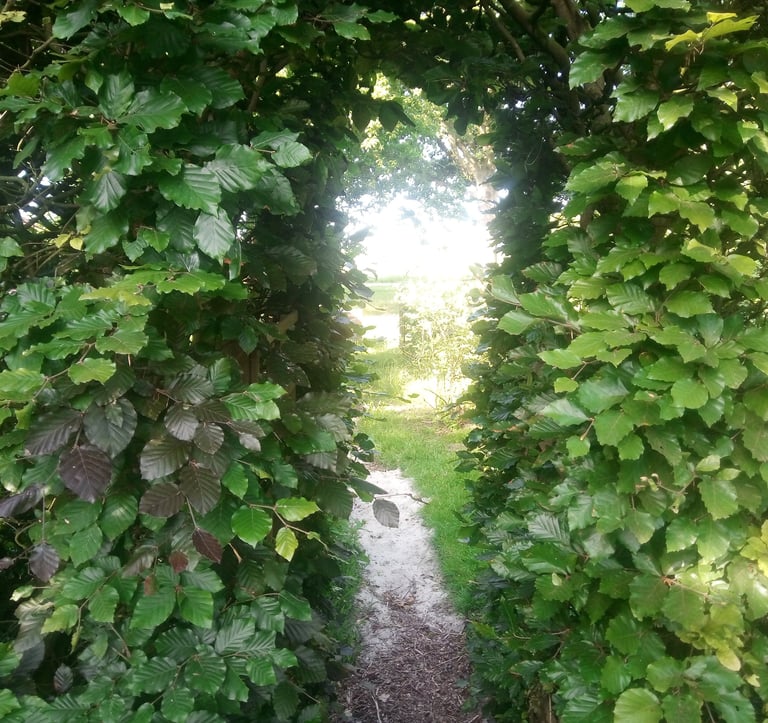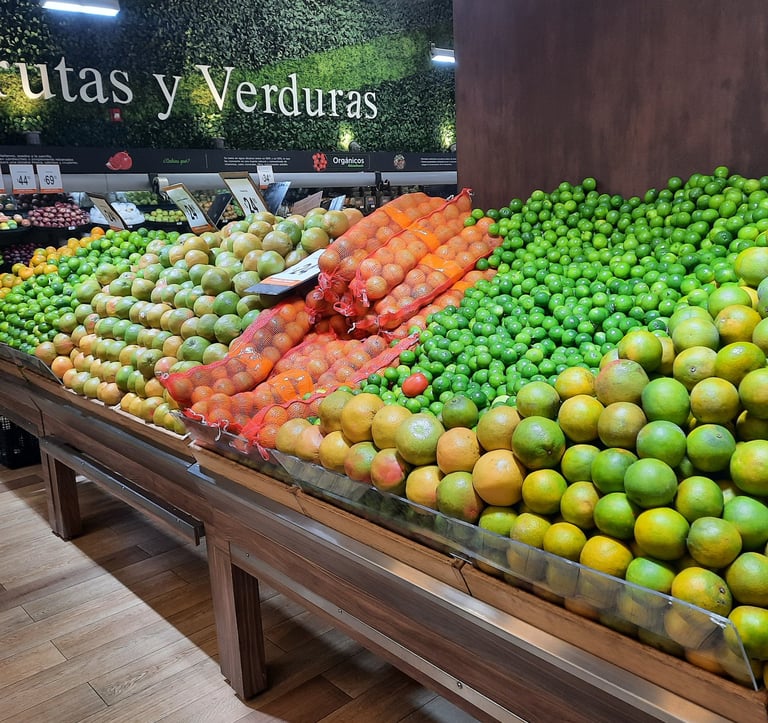
Sustainability is a Spiritual Practice
EarthSoldierLifestyle Embraces Sustainability
Our ancestors were stewards of the land long before the word “eco-friendly” existed.
To us, sustainability is not a trend—it’s a return.
A return to balance. To composting pain. To planting purpose.
America's urban population continues to expand, placing immense pressure on water resources. As cities grow, so does the demand for water for drinking, sanitation, industry, and agriculture. This ever-increasing market strains water sources, leading to over-extraction and depletion of aquifers, rivers, and lakes. This unsustainable trajectory threatens water availability and quality without sustainable practices. Aging Infrastructure:
Many cities in America are grappling with aging water infrastructure, including pipelines, treatment plants, and storage systems. These outdated systems are prone to leaks, inefficiencies, and contamination risks, leading to water loss, increased costs, and compromised quality. Investing in infrastructure upgrades and maintenance is imperative to ensure a reliable and sustainable water supply for urban communities.
Bot Interaction Option:
💬 Ask SoilSensei for seasonal sustainability tips
Internal Links to Add:
Plant Power


1. Water filtration: Trees and plants are crucial in filtering rainwater and improving water quality. When it rains, their foliage intercepts and absorbs water, reducing the speed and impact of runoff. As water percolates through the soil, it undergoes natural filtration, removing pollutants and replenishing groundwater supplies. This process helps maintain clean and healthy water sources.
2. Soil erosion prevention: The root systems of trees and plants bind the soil, preventing erosion. Reducing soil erosion minimizes sedimentation in water bodies, such as rivers, lakes, and streams. This helps maintain the natural flow of water and prevents the degradation of aquatic habitats.
3. Stormwater management: Green spaces with trees, plants, and flowers act as natural stormwater management systems. They absorb and retain rainwater, reducing the burden on drainage infrastructure during heavy rainfall. This can help mitigate the risk of flooding, prevent sewer system overflow, and protect the water supply from contamination.
Incorporating trees, plants, and flowers into communities can have many benefits. This can impact water supply, environmental sustainability, and the well-being of the local populace.
Water filtration: Trees and plants play a crucial role in filtering rainwater and improving water quality. When it rains, their foliage intercepts and absorbs water, reducing the speed and impact of runoff. As water percolates through the soil, it undergoes natural filtration, removing pollutants and replenishing groundwater supplies. This process helps maintain clean and healthy water sources.
Kids Time Outdoors


Physical health benefits: Numerous studies have shown that outdoor play improves physical health in children. According to the American Academy of Pediatrics, outdoor recreation promotes regular physical activity, reduces obesity risk, enhances motor skills, and improves cardiovascular fitness. Research also suggests that children who engage in outdoor play are more likely to have healthy body weights than those who spend less time outdoors.
Mental and emotional well-being: Outdoor play positively impacts children's psychological and emotional well-being. Exposure to natural environments and outdoor settings has been linked to reduced stress levels, improved mood, increased self-esteem, and better overall mental health.
Climate & Community Justice


Equitable policy and decision-making: Climate justice calls for inclusive and participatory decision-making processes that involve marginalized communities in climate policy development and implementation. It aims to ensure that the voices and concerns of low-income communities are heard and considered when making decisions that affect their lives.
By including diverse perspectives, climate justice helps create policies and initiatives more responsive to the needs of low-income communities and reduce the risk of exacerbating existing inequalities.
Sustainable Food


Environmental impact: Food deserts are often linked to increased use of processed and packaged foods, which result in environmental issues such as waste and carbon emissions. Communities can contribute to sustainable food systems by prioritizing environmentally friendly practices, such as reducing packaging and transportation emissions, by providing access to fresh, locally sourced food.
Ultimately, removing food deserts is essential to achieving sustainable community development. In addition to improving public health, it improves food security, reduces environmental impact, supports economic growth, strengthens community ties, and provides educational opportunities. A more sustainable and resilient future can be achieved by providing equitable access to nutritious and locally sourced food .